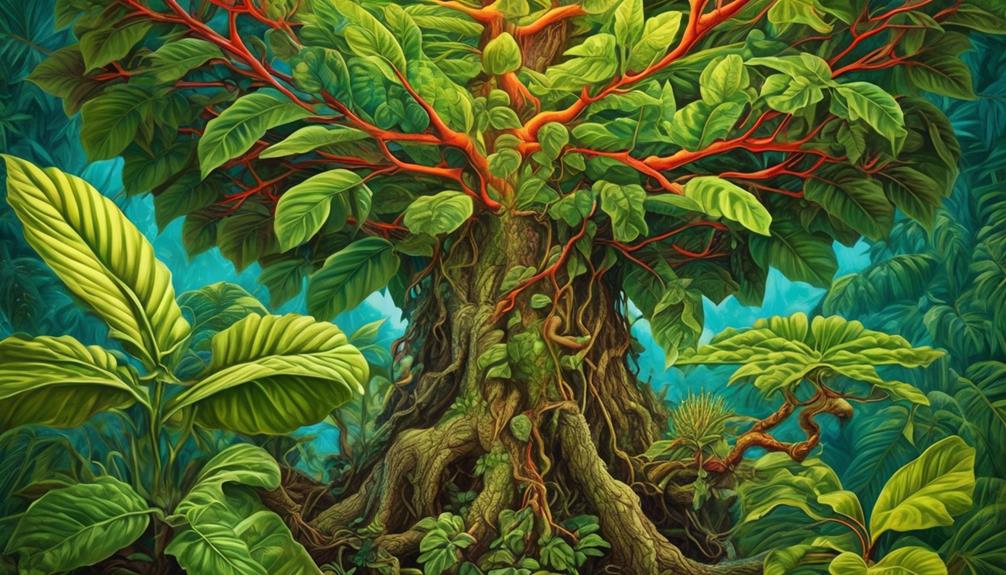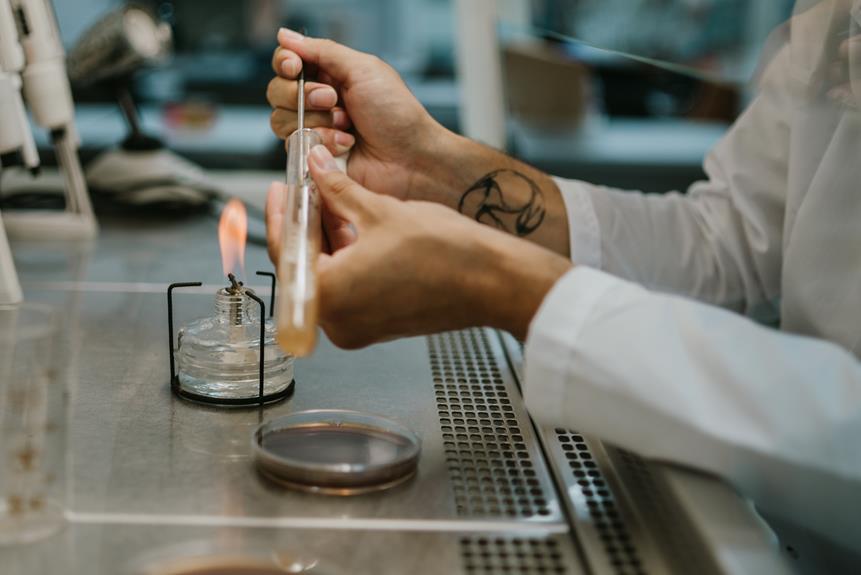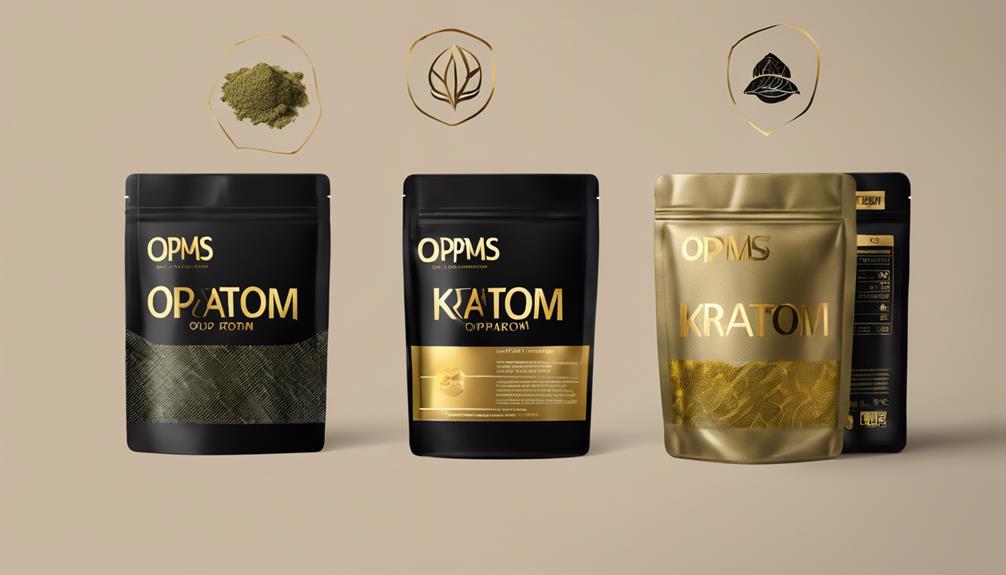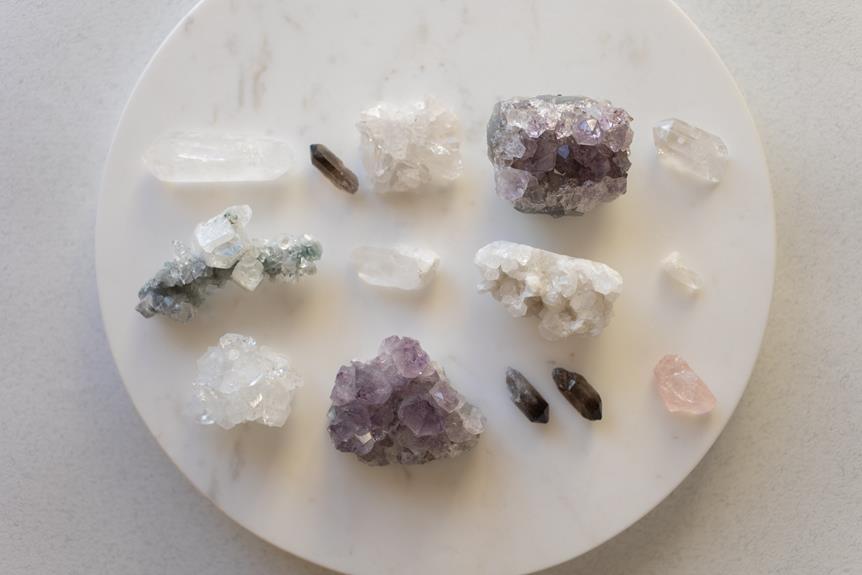Deprecated: mb_convert_encoding(): Handling HTML entities via mbstring is deprecated; use htmlspecialchars, htmlentities, or mb_encode_numericentity/mb_decode_numericentity instead in /home/users/kratomfiles/www/kratomfiles.com/wp-content/plugins/quick-adsense-reloaded/includes/template-functions.php on line 3552
Are you curious about the relationship between Kava Kava and Kratom? These two plants may seem similar at first glance, but they have distinct properties and effects. While Kava Kava is known for its relaxing qualities, Kratom offers a range of psychoactive experiences. In this discussion, we will explore the key differences between these two plants and shed light on their effects. But, before we dive into the details, let's unravel the mystery: is Kava Kava actually Kratom? Stay tuned to find out the answer that may surprise you.
What Is Kava Kava?

Kava Kava, derived from the roots of a plant, is commonly consumed as a tea and is well-known for its potential to relieve stress, improve mood, and aid in sleep. This natural alternative has been used for centuries in Polynesian cultures as a way to promote relaxation and social bonding. Today, kava is gaining popularity in the Western world, with kava bars popping up in various cities as a gathering place for those seeking a more natural approach to relaxation.
The main active ingredients in kava are called kavalactones, with kavain being the most prominent one. These compounds are responsible for the calming effects of kava and are believed to interact with certain neurotransmitters in the brain, helping to reduce anxiety and promote a sense of well-being. Many people turn to kava as a way to unwind after a long day or to ease the symptoms of anxiety and stress.
In addition to its stress-relieving properties, kava has also been found to improve mood and enhance sleep quality. By promoting relaxation, kava can help individuals achieve a more restful sleep, allowing them to wake up feeling refreshed and rejuvenated. This makes it an appealing option for those who struggle with insomnia or have difficulty winding down at the end of the day.
What Is Kratom?
Kratom, a plant native to Southeast Asia, has a long history of traditional use for pain relief, anxiety, and opioid addiction. It contains the alkaloid mitragynine, which provides stimulant effects and can act as an antidepressant and antidiarrheal agent. However, it is important to be aware of the potential side effects and safety concerns associated with kratom.
To better understand the similarities and differences between kava and kratom, let's take a closer look at their characteristics:
| Kava | Kratom | Natural | |
|---|---|---|---|
| Side Effects | Can cause liver damage with long-term use | Can lead to addiction, tolerance, and | |
| withdrawal syndrome | |||
| Similarities | Both used for their medicinal properties | ||
| Both have been traditionally used by | |||
| indigenous cultures | |||
| Differences | Kava is primarily known for its | Kratom is used for its stimulant effects | |
| stress-relieving properties | and pain relief | ||
| Kava is legal in many countries, | Kratom is not legal in the U.S. without | ||
| including the United States | regulations or a prescription, and its | ||
| safety has led to bans in several states |
While both kava and kratom are natural substances with potential therapeutic benefits, it is crucial to understand the risks and benefits associated with their use. It is always recommended to consult with a healthcare professional before considering the use of any natural remedy.
Key Differences Between Kava Kava and Kratom

When comparing the key differences between kava kava and kratom, it is important to consider their origins, traditional uses, active ingredients, legal status, and pharmacological effects. Here are the key differences between kava kava and kratom:
- Origins and Traditional Uses: Kava kava is indigenous to the Western Pacific and has been used in Pacific island communities for religious rituals and ceremonies. On the other hand, kratom is native to Southeast Asia and has been traditionally used for pain relief and mood enhancement.
- Active Ingredients and Effects: Kava kava contains kavain as its main active ingredient, which produces stress relief and mental clarity without anxiety-related side effects. Kratom, on the other hand, contains mitragynine, which increases energy levels and acts as a stimulant and antidepressant.
- Legal Status and Regulation: Kava kava is legal in the U.S., while kratom is not without regulations or a prescription. Kratom has been banned in several states due to safety concerns.
It is important to note that while kava kava and kratom have some similarities in terms of their effects on mood and relaxation, they differ significantly in their chemical makeup and potential risks. Kratom contains alkaloids that interact with the opioid systems in the brain, posing risks of addiction, tolerance, and withdrawal syndrome. In contrast, kava kava's active ingredients, kavalactones, interact with the limbic system in the brain and do not pose the risk of addiction.
Similarities and Differences in Effects
To understand the similarities and differences in effects between kava and kratom, it is essential to examine their pharmacological properties and their impact on the mind and body. Both kava and kratom can have sedative effects, but they differ in their primary effects. Kava is well-known for its stress-relieving and relaxation properties, making it a popular choice for those seeking calmness and tranquility. On the other hand, kratom is recognized for its energizing and pain-relieving effects, making it sought after by individuals looking for a boost of energy or relief from pain.
While both kava and kratom may produce side effects like nausea or dizziness, kava is generally well-tolerated and has a lower risk of addiction compared to kratom. Kava tea, in particular, is a popular method of consumption that is considered safe when used responsibly. It is important to note that kratom, due to its alkaloids, can lead to addiction, tolerance, and withdrawal syndrome, making it a less desirable option for those concerned about potential addiction risks.
In terms of acceptance and regulation, kava is gaining recognition as a natural and safe herbal product, while kratom has faced regulatory restrictions and bans due to safety concerns and its potential for addiction. Therefore, when choosing between kava and kratom, it is recommended to consider kava for its safety and lack of addiction risks, especially as kratom has faced increasing bans due to its addictive nature.
What is the Difference Between Kava Kava and K-Chill Kratom?
Kava Kava and K-Chill Kratom offer distinct qualities and effects. While Kava Kava is a plant known for its tranquilizing properties, K-Chill Kratom is a herbal supplement used for relaxation and mood enhancement. Both have unique kchill kratom benefits, with Kava Kava promoting calmness and K-Chill Kratom providing a soothing experience.
Can a Kava Shot Contain Kratom?
When looking for a kava shot, it’s important to ensure that it does not contain kratom. This is because kratom and kava are two different substances with different effects. It’s crucial to check the ingredients before purchasing a kava shot to avoid any confusion. For more information, check out our kratom kava shot article.
Understanding the Distinction: Kava Kava Vs Kratom

Understanding the distinction between kava kava and kratom is crucial in order to fully grasp their contrasting effects and potential benefits. While both kava and kratom are derived from plants and can be used for sedative effects, they have significant differences in terms of their origins, legal status, active ingredients, and usage.
Here are three key distinctions to help you understand the difference between kava kava and kratom:
- Origin: Kava is a plant with a tree-like appearance, primarily found in the South Pacific islands. Its roots are used to make tea, which has been traditionally consumed in social and ceremonial settings. On the other hand, kratom is native to Southeast Asia, particularly Thailand, Malaysia, and Indonesia.
- Legal Status: Kava is legal in the United States, although regulations and restrictions vary from state to state. It is widely available as a dietary supplement. However, kratom is not legal without regulations or a prescription. It has been banned in several states and countries due to safety concerns and its potential for addiction.
- Active Ingredients and Effects: Kava contains kavain as its main active ingredient, which provides stress relief, promotes relaxation, and enhances mental clarity. It is often used to combat anxiety and promote a sense of well-being. On the other hand, kratom consists of mitragynine, which acts as a stimulant and antidepressant. It increases energy levels, enhances mood, and can have sedative effects at higher doses.
Understanding these distinctions between kava kava and kratom is essential to make informed decisions about their usage. While kava is gaining worldwide acceptance as a natural and safe herbal product, kratom remains a controversial substance due to its potential risks and addictive nature. It is important to consider the contextually relevant information and consult with professionals before using either of these substances.
Frequently Asked Questions
What's the Difference Between Kava and Kratom?
The difference between kava and kratom lies in their effects and usage. Kava is known for its relaxing properties and is often used in Polynesian cultures for social interactions. On the other hand, kratom acts as a stimulant with sedative properties and is commonly used for energy and pain relief. Additionally, kava is legal in the U.S., while kratom has regulations and requires a prescription. Both kava and kratom can have side effects, such as nausea or dizziness.
What Kind of High Does Kava Give You?
When you consume kava, it provides a high that is characterized by relaxation and euphoria. This natural remedy has been used for centuries to promote a sense of calm and mental clarity. Traditional methods of preparing kava involve grinding the root and mixing it with water, while modern methods often involve using kava extracts or supplements. While kava is generally well-tolerated, it's important to be aware of potential side effects and risks. Furthermore, studies suggest that kava may be effective in reducing anxiety and improving sleep quality. However, it is crucial to exercise caution when mixing kava with alcohol, as it can increase the risk of adverse effects.
What Type of Drug Is Kava?
Kava tea is a traditional beverage with numerous benefits and potential side effects. Pacific Island cultures have long used kava for its calming and social effects. Kava extract is made by grinding the kava root and mixing it with water or a solvent. The potency of the extract depends on various factors. The legality of kava varies across different countries, with some imposing restrictions due to safety concerns. It's important to note the potential risks to liver health when consuming kava. As for kava supplements, their safety and effectiveness may vary, so it's important to research and choose reputable brands.
Is There a Difference Between Kava and Kava Kava?
There is indeed a difference between kava and kava kava. Kava, with its deep cultural significance, is a traditional beverage prepared from the root of the Piper methysticum plant. It has been used for centuries in Pacific Island cultures for its potential health benefits, including reducing anxiety and stress. However, it's important to be aware of potential side effects and risks associated with its use. Additionally, the legality and regulation of kava vary in different countries.










